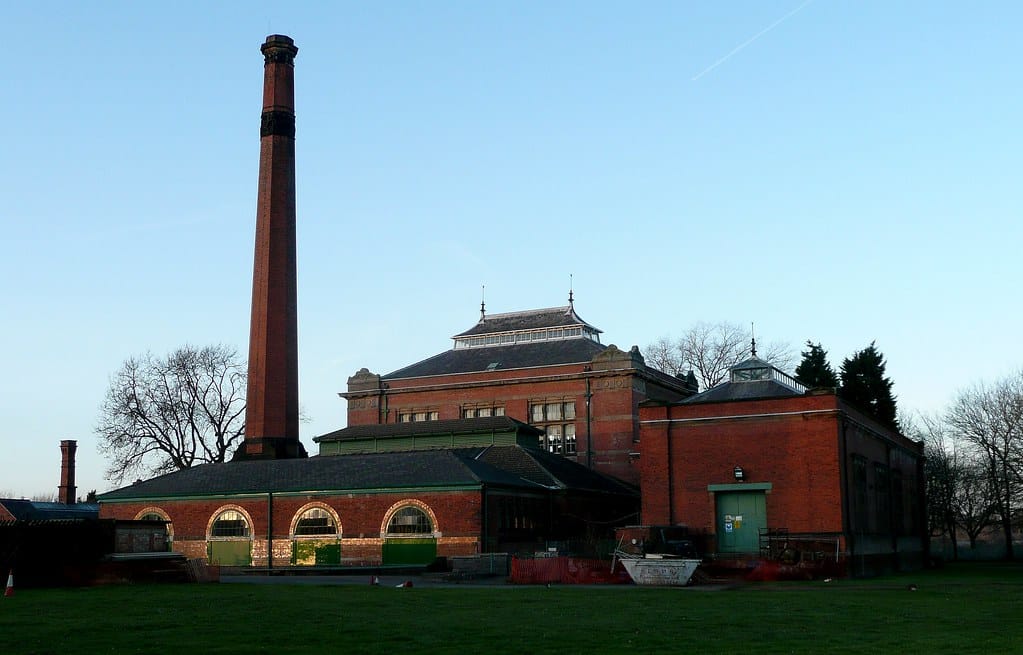
Origins and Foundation
The Gijón Railway Museum was officially inaugurated on October 22, 1998 by King Felipe VI, then Prince of Asturias. It was established to preserve and showcase the rich railway heritage of Asturias, a region with one of the densest rail networks in Spain. The museum is housed in the former North Train Station of Gijón, which dates back to 1874, and occupies over 14,000 square meters of space, including original platforms, tracks, and newly constructed buildings[1].
Historical Context and Development
The station played a vital role in the industrial development of Gijón during the late 19th and early 20th centuries. Located in the working-class district of El Natahoyo, it facilitated the transport of coal, iron, and industrial goods from the mining valleys to the port, contributing significantly to the region’s economic growth. After ceasing operations in 1990, the station was repurposed into a museum, preserving its architectural and historical significance[2].
Collections and Exhibits
The museum boasts a collection of over 1,000 railway-related objects, including 140 pieces of rolling stock such as steam and diesel locomotives, trams, wagons, and maintenance vehicles. These represent various track gauges, including Iberian and narrow gauge. Notable items include locomotives from historic lines like Ferrocarril de Langreo, Ferrocarriles del Norte, and Vasco Asturiano, many of which served the region’s coal and iron industries[1].
Restoration and Public Engagement
A key feature of the museum is its restoration workshop, where vintage locomotives are repaired and sometimes returned to operational status. The museum hosts popular Steam Days, during which restored steam engines run on the museum’s tracks, offering rides to visitors. It also organizes temporary exhibitions, railway modeling displays, and a monthly railway market, making it a dynamic cultural hub[4].
Educational and Cultural Role
Beyond its exhibits, the museum serves as a research and documentation center, housing a vast archive of photographs, maps, technical documents, and company records. It plays a crucial role in educating the public about the social, technological, and economic impact of railways in Asturias. Integrated into Gijón’s municipal museum network, it continues to be a leading institution in the preservation of Spain’s industrial heritage[3].
This historical summary was generated using artificial intelligence and is based on publicly available sources.